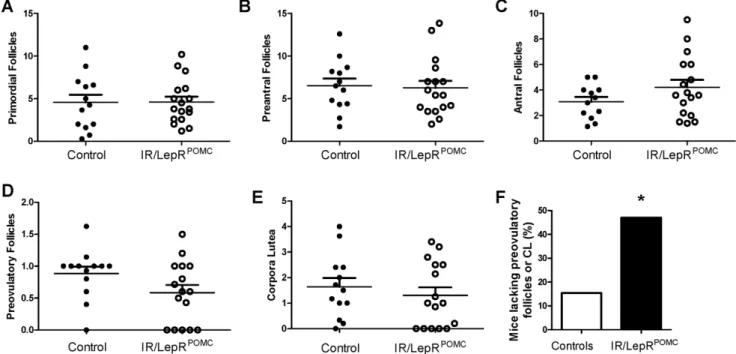Adipocyte dysfunction in a mouse model of polycystic ovary syndrome (PCOS): evidence of adipocyte hypertrophy and tissue-specific inflammation.
Texto
Imagem



Documentos relacionados
Se considerarmos o momento improvisacional como impulso-intuitivo, sensível e o estrutural como racional pois implica capacidade de repetição rigorosa, nos
As there is controversy about the prevalence of hypertension in patients with polycystic ovary syndrome (PCOS) and, up to the present moment, no studies have evaluated the impact
Only limited information is available con- cerning the histologic distribution of gluca- gon receptors in vivo in liver parenchymal cells (105,106), intestinal smooth muscle
Reproductive Hormone Levels and Anthro- pometry in Postmenopausal Women with Polycystic Ovary Syndrome (PCOS): A 21-Year Follow-Up Study of Women Diagnosed with PCOS Around
The relationship between leptin, adiponectin, ghrelin, homocysteine, insulin resistance and other biochemical factors in women with polycystic ovary syndrome (PCOS) is
HCD compared to SD induced also local inflammation demonstrated by adipocyte hypertrophy and infiltration of T-lymphocytes in abdominal white adipose tissue, activation
The pathogenesis of PCOS is not fully elucidated, but four aspects seem to contribute to the syndrome to different degrees: increased ovarian and/or adrenal androgen
Polycystic ovary syndrome (PCOS) typically manifests during the reproductive period, and no information is available on the prevalence of pelvic floor dysfunction (and